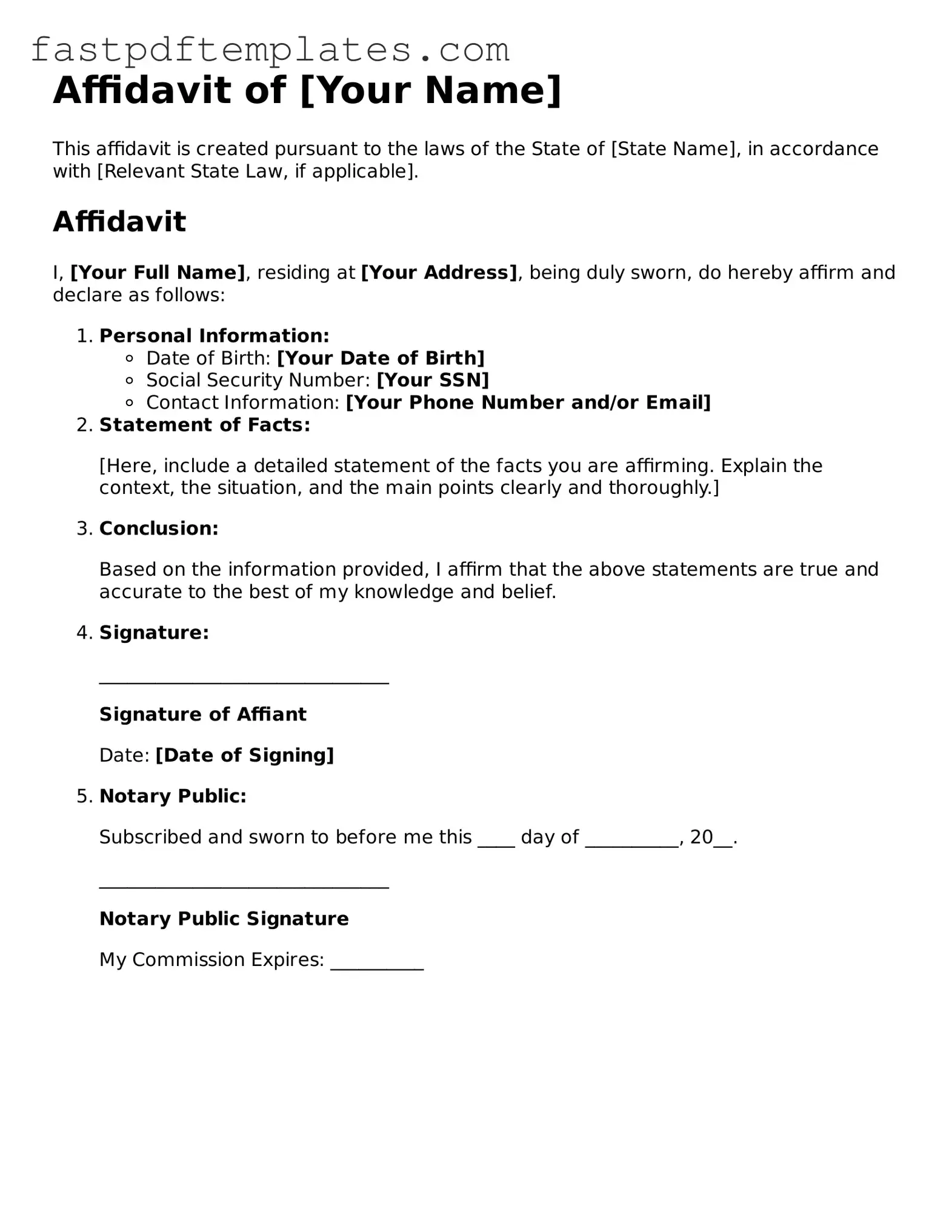An affidavit is a written statement made under oath, often used in legal proceedings. One document similar to an affidavit is a declaration. A declaration also involves a written statement of facts, but it is not made under oath. While both documents serve to provide evidence or support a claim, a declaration can be submitted without the formalities of an oath, making it slightly less binding than an affidavit.
Another similar document is a sworn statement. Like an affidavit, a sworn statement is made under oath and is intended to provide factual information. The key difference lies in the context in which they are used. Sworn statements are often used in informal settings or as part of internal investigations, whereas affidavits are typically required in legal proceedings.
A witness statement shares similarities with an affidavit in that it provides a detailed account of events from a witness's perspective. However, witness statements may not always be made under oath. They are often used in legal cases to support or corroborate evidence but lack the formal verification that an affidavit has through the sworn oath.
An affirmation is another document that resembles an affidavit. Both are sworn statements of fact, but an affirmation is used by individuals who prefer not to take an oath due to personal beliefs. While the purpose remains the same—to provide truthful information—the method of verification differs, with affirmations being a secular alternative to oaths.
A deposition is similar to an affidavit in that it involves a witness providing testimony under oath. However, depositions are typically conducted in a question-and-answer format and are recorded, often for use in court. Affidavits, on the other hand, are written documents that summarize the facts without the interactive element of a deposition.
An affidavit of support is a specific type of affidavit used in immigration cases. It is a document in which a sponsor agrees to financially support an immigrant. While it serves a similar purpose of providing a sworn statement, its focus is specifically on financial responsibility, distinguishing it from general affidavits that may address various topics.
Lastly, a notarized statement is akin to an affidavit in that it is a written declaration that has been verified by a notary public. Both documents provide assurance of authenticity, but a notarized statement does not necessarily require the declarant to swear to the truth of the contents. This difference can affect the weight and acceptance of the document in legal matters.
